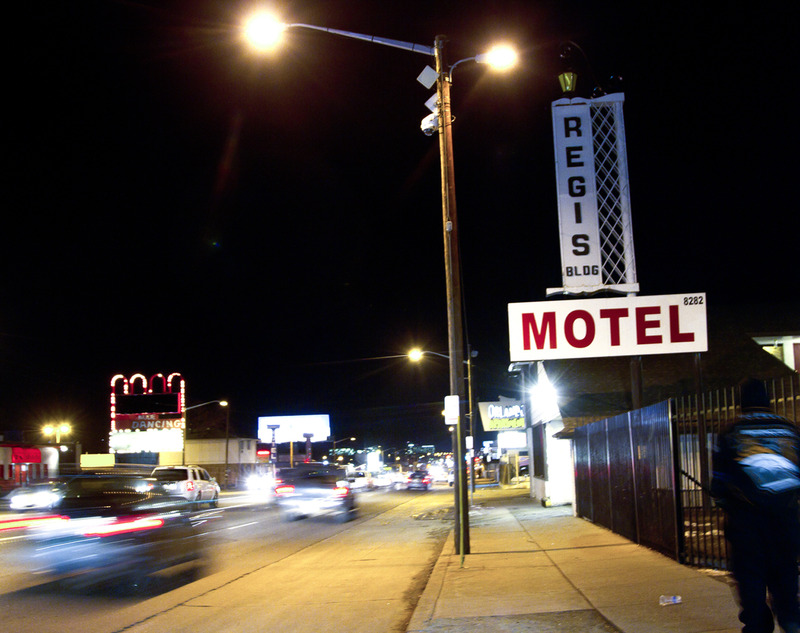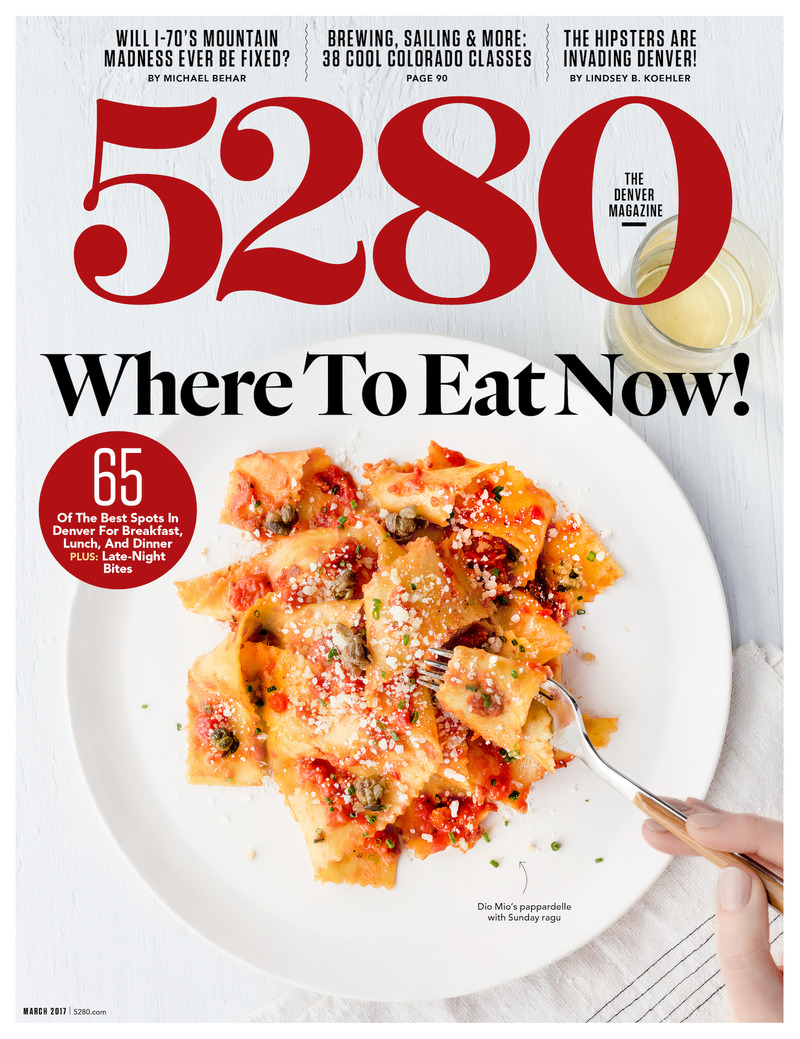The Local newsletter is your free, daily guide to life in Colorado. For locals, by locals.
Officially speaking, Denver contains 78 neighborhoods. Currently, 42 percent of them don’t have neighborhood plans, which are supposed to address everything from land use to transportation on a micro level. Most of the plans that do exist are more than 15 years old—and 15 years ago, Denver developers barely registered places like LoHi and RiNo. (The city still doesn’t recognize these districts as official ’hoods.) But under our cumbersome planning model, it would take nearly 80 years to upgrade or create blueprints. Solution: The city of Denver is creating broader area plans for two to six neighborhoods at a time (except for Stapleton, which will have its own plan) over the next 10 to 14 years. Because planning for the first region—the far northeast—starts this month, we asked leaders in some of the neighborhoods scheduled to receive 2017 plans what needs to be addressed in their precincts.
Area: East
Neighborhoods: Hale, Montclair, East Colfax, South Park Hill
Problem: The 13 motels on Colfax between Quebec and Yosemite streets (the boundaries of the East Colfax ’hood) that house parolees and sex offenders are one of the pressing problems facing the avenue.
Solution: “The motels make up a good 30 percent of the property in our economic district,” says Tom Fesing, board member of the East Montclair Neighborhood Association. That means, Fesing says, that someone would likely have to buy the buildings and either raze or repurpose them—although that’d be contingent on the owners wanting to sell.
Area: East Central
Neighborhoods: Capitol Hil, Cheesman Park, North Capitol Hill (aka Uptown), Congress Park, City Park, City Park West
Problem: Many of the districts in the East Central region are heavily populated with apartments and multiunit homes. That high density was the root of a recent battle in Uptown between developers who wanted to build microapartments without off-street parking and residents already peeved about circling the block.
Solution: City Council recently came to a compromise—there will need to be some additional parking for these developments but not a 1-1 resident-to-parking-spot ratio. Not everyone’s thrilled with the decision. “The city’s pretty committed to the idea that if they don’t provide parking, then people won’t have cars,” says Caroline Schomp, a Denver native and board member of Capitol Hill United Neighborhoods. But Schomp believes the city’s public transit isn’t extensive enough for most residents to go carless.
Area: Far Northeast
Neighborhoods: Gateway-Green, Valley Ranch, Montbello, DIA
Problem: Food deserts have long been a problem for northern Denver, and the Montbello neighborhood is no exception. Its 4.4 square miles haven’t housed a full-service grocery store since Safeway moved out of the district in 2014.
Solution: Grocers opening locations in the area would be the easiest fix. But: “Our conversations with them don’t seem to be going anywhere,” says Erik Penn, co-chair of the Montbello 20/20 neighborhood organization. There’s also been talk of a multipronged approach that could include partnering with Denver Urban Gardens, holding farmers’ markets, and implementing a grocery delivery service.









